What’s the Difference Between Diamonds and Other Gemstones?
Diamonds are the first stone that comes to mind when buying engagement rings and other jewellery.
At Diamond Heaven, we love diamonds (it is in our name after all). Diamonds exist in many types, from sparkling pink diamonds, blue diamonds, yellow diamonds to unique black diamonds and lab-grown diamonds, there’s a diamond for everyone. Choosing a diamond or gemstone for your jewellery can be difficult when there are so many to choose from.
Diamond Heaven’s informative guide explores the differences between diamonds and other gemstones.
How are Gemstones and Diamonds Formed?
Firstly, diamonds and gemstones are not mutually exclusive since diamonds come under the umbrella term “gemstones”. All gemstones, including rubies, emeralds and sapphires are created between 3 and 25 miles beneath the Earth’s surface under immense pressure. However, diamonds are formed much deeper in the Earth’s crust.
Which Rocks are Gemstones Formed In?
The earth’s crust is made up of three kinds of rock:
- Igneous
- Sedimentary
- Metamorphic
Each rock type forms under varying circumstances, creating the gemstones we see on our jewellery.
What is Igneous Rock?
Igneous rock (also known as kimberlite) is formed in two ways. The cooling and crystallisation of magma underneath the Earth’s surface or lava flowing to the Earth’s surface.
Typically, gemstones formed under igneous rock depends on three factors:
- The present elements
- Cooling time
- The environment
How are Gemstones Formed in Igneous Rock?
When forming a gemstone or crystal, the kimberlite originates from the Earth’s mantle (<125 miles) and stops at the Earth’s surface. Molten magma with temperatures between 700 to 1300°C runs through the kimberlite and reaches the surface as lava. If the magma fails to reach the surface, it cools more slowly, crystallising and forming coarse-grained minerals.
Which Gemstones Form in Igneous Rock?
The gemstones that form in igneous rock include:
What is Sedimentary Rock?
Sedimentary rock is created from near or top of the Earth’s surface, typically within bodies of water. Sedimentation is the collective name used for the processes that cause mineral or organic particles to settle in place.
How are Gemstones Formed in Sedimentary Rock?
Sedimentary rock is formed when water mixes with minerals on the Earth’s surface. The rock is worn down, allowing fragments of mineral-rich water and wind to seep into the cracks and cavities in the Earth’s surface. This deposits layers of minerals, which compress over time to create gemstones.
Which Gemstones Form in Sedimentary Rock?
The gemstones found in sedimentary rock are:
What is Metamorphic Rock and How is It Formed?
Metamorphic rock refers to how previously sedimentary or igneous rocks have been metamorphosed due to high heat and pressure changes. The pressure underground forces existing minerals and elements to form into gemstones.
Which Gemstones are Formed in Metamorphic Rock?
The gemstones likely to form under metamorphic rock include:
- Emerald
- Aquamarine
- Jade
- Ruby
- Zircon
The Formation of a Diamond vs. a Gemstone
What makes diamonds and gemstones different is how they’re formed. Diamonds are the only gemstone created from a single element - highly pressurised carbon. Other gems are compounds of two plus elements. Sapphire is a variety of the mineral corundum, an aluminium oxide. The sapphire’s signature colour comes from traces of elements, including iron, titanium, chromium, copper, or magnesium.
Why Do Diamonds Cost More than Other Gemstones?
There is a monopoly on the price of diamonds since prices are artificially high by one company. Large amounts of diamonds are kept in storage, creating a shortage, making diamonds expensive. While price manipulation is allowed for diamonds, it is prohibited for non-diamond gemstones and precious metals.
Is a Diamond Precious or Semi-Precious?
Precious and semi-precious are categories used since the 19th century to highlight the gemstones’ value, rarity, beauty and popularity. Gemstones have been known to switch between categories historically. Amethyst was once considered a precious stone before large deposits were discovered in South America in the 1800’s.
Currently, there are four gemstones considered to be precious stones:
Are Diamonds Naturally Clear?
Diamond clarity can vary from stone to stone but clarity isn’t the only thing to consider. When researching diamonds, you will come across the 4C’s (Cut, Clarity, Carat and Colour). They form the framework for determining a diamond’s price. While some diamonds are clear and come in various colours, how clear the diamond is can affect the stone’s price. However, it doesn’t mean coloured diamonds are considered low value. The deeper a diamond’s colour, the rarer and more valuable it is.
Diamonds or gemstones? Which one should I buy? Browse our loose diamond and gemstone jewellery collection online or book an appointment at your nearest Diamond Heaven showroom today. Our diamond consultants will assist you at every step of your gemstone or diamond jewellery-buying journey.






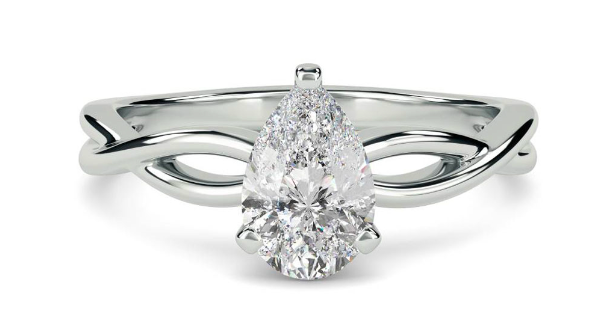
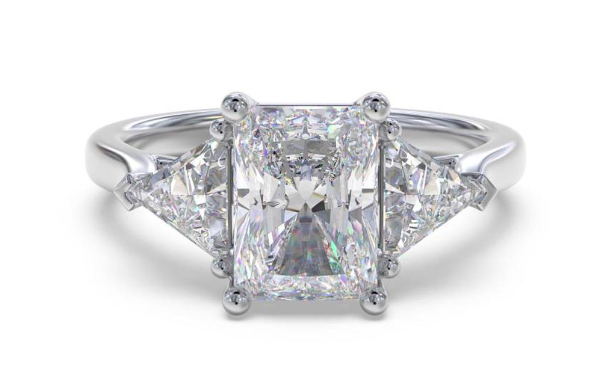
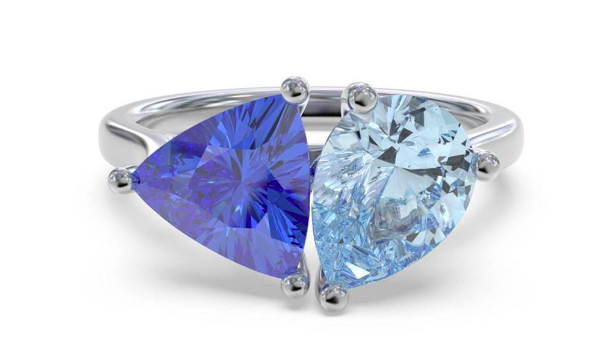
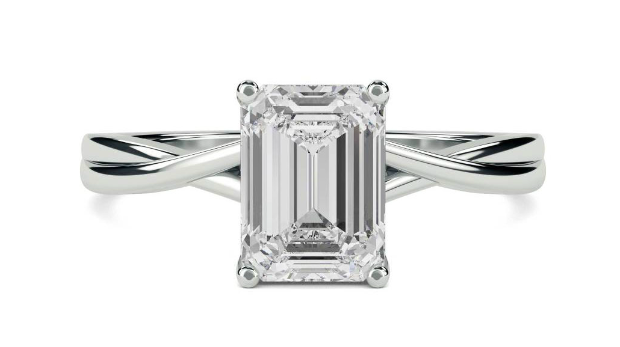
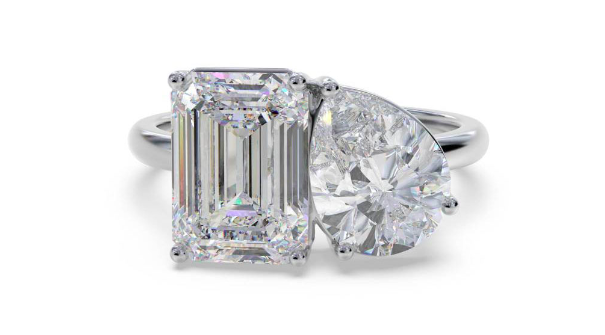

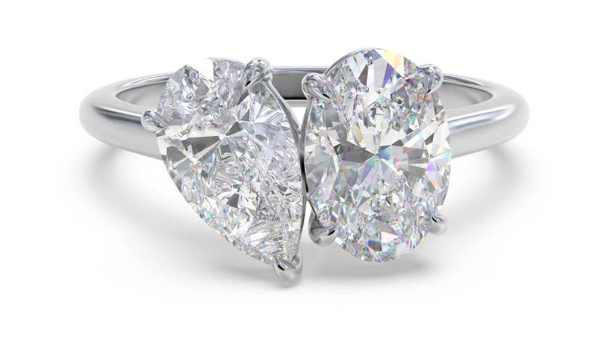
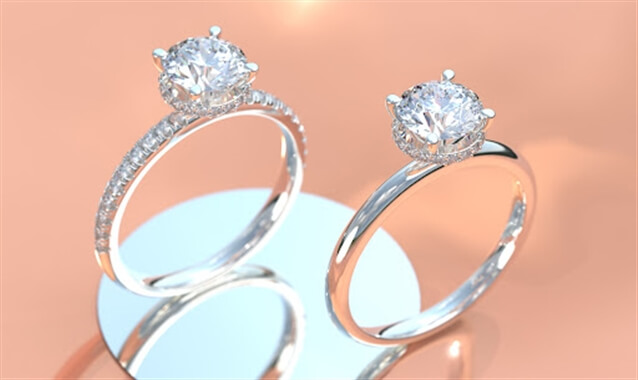 Design your own Ring with our Ring Builder
Design your own Ring with our Ring Builder What is an Asscher Cut Diamond?
What is an Asscher Cut Diamond? Diamond Rings: Classic, Timeless and Ever Beautiful
Diamond Rings: Classic, Timeless and Ever Beautiful Top Tips for Finding a Graduation Jewellery Gift
Top Tips for Finding a Graduation Jewellery Gift